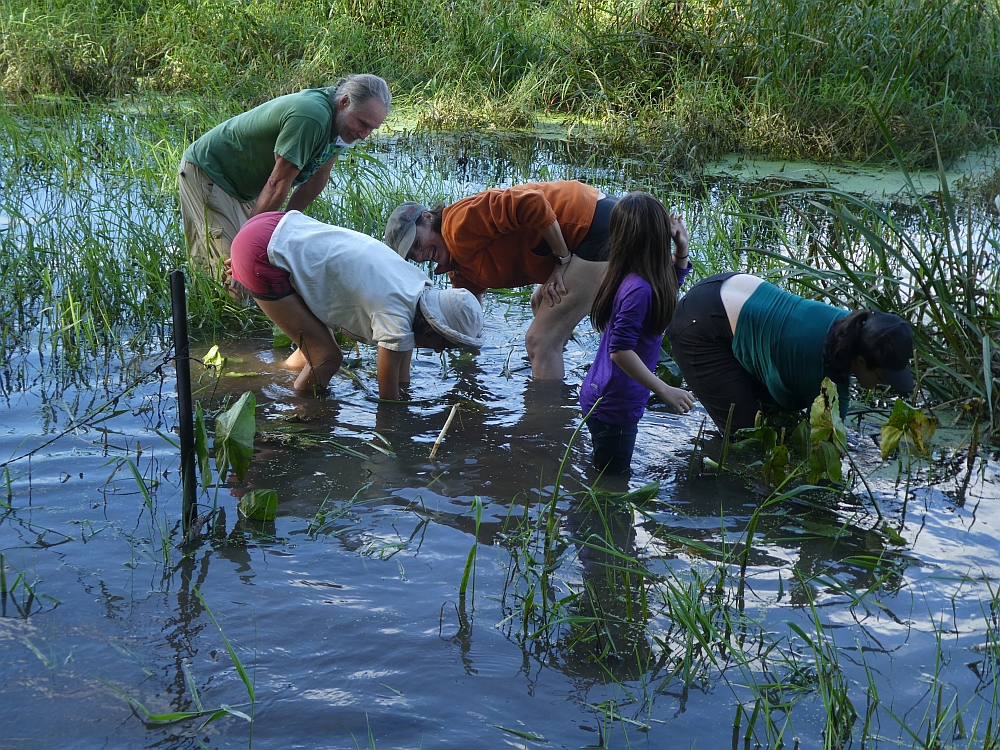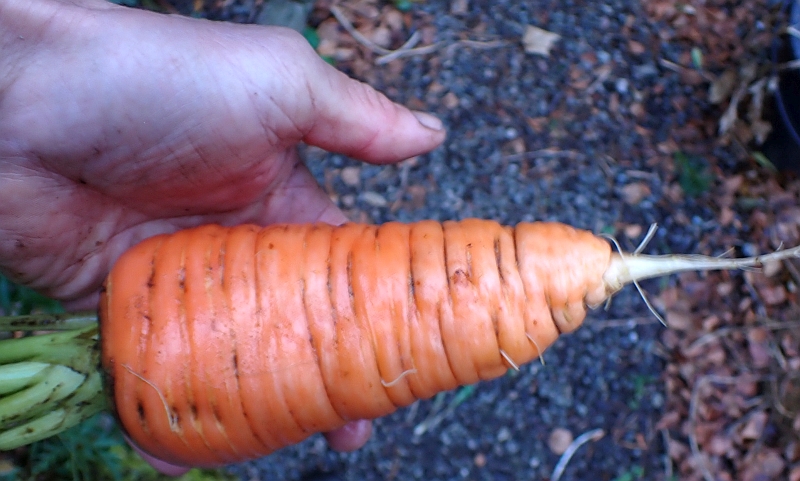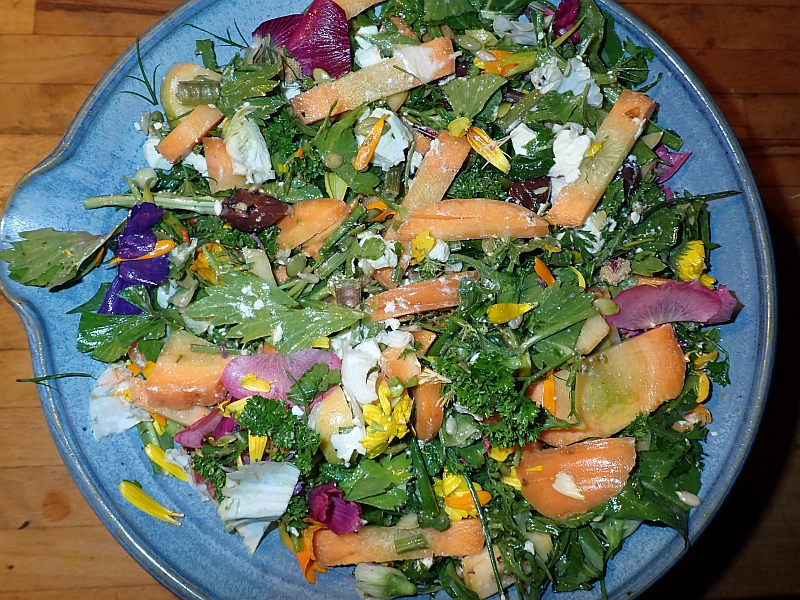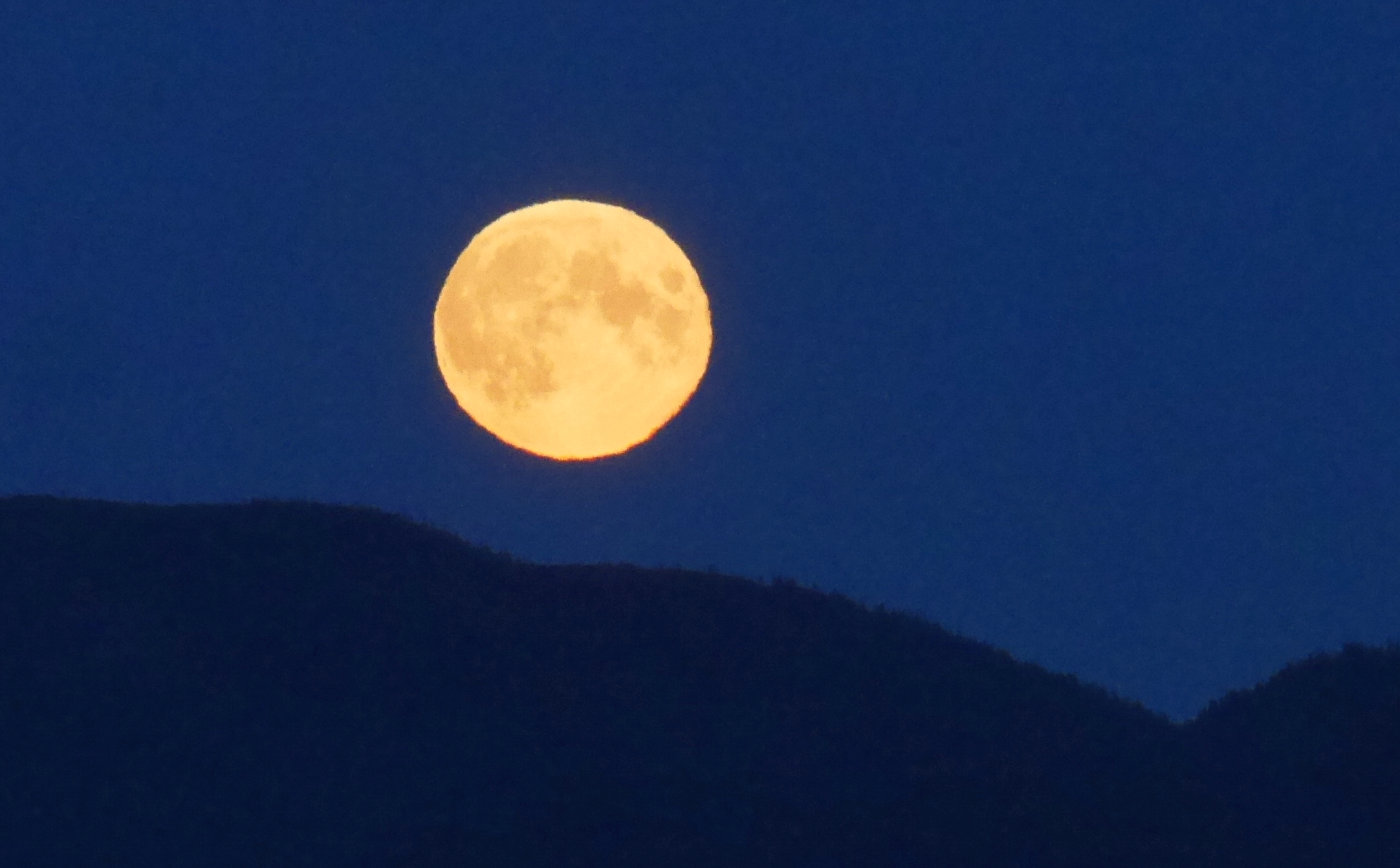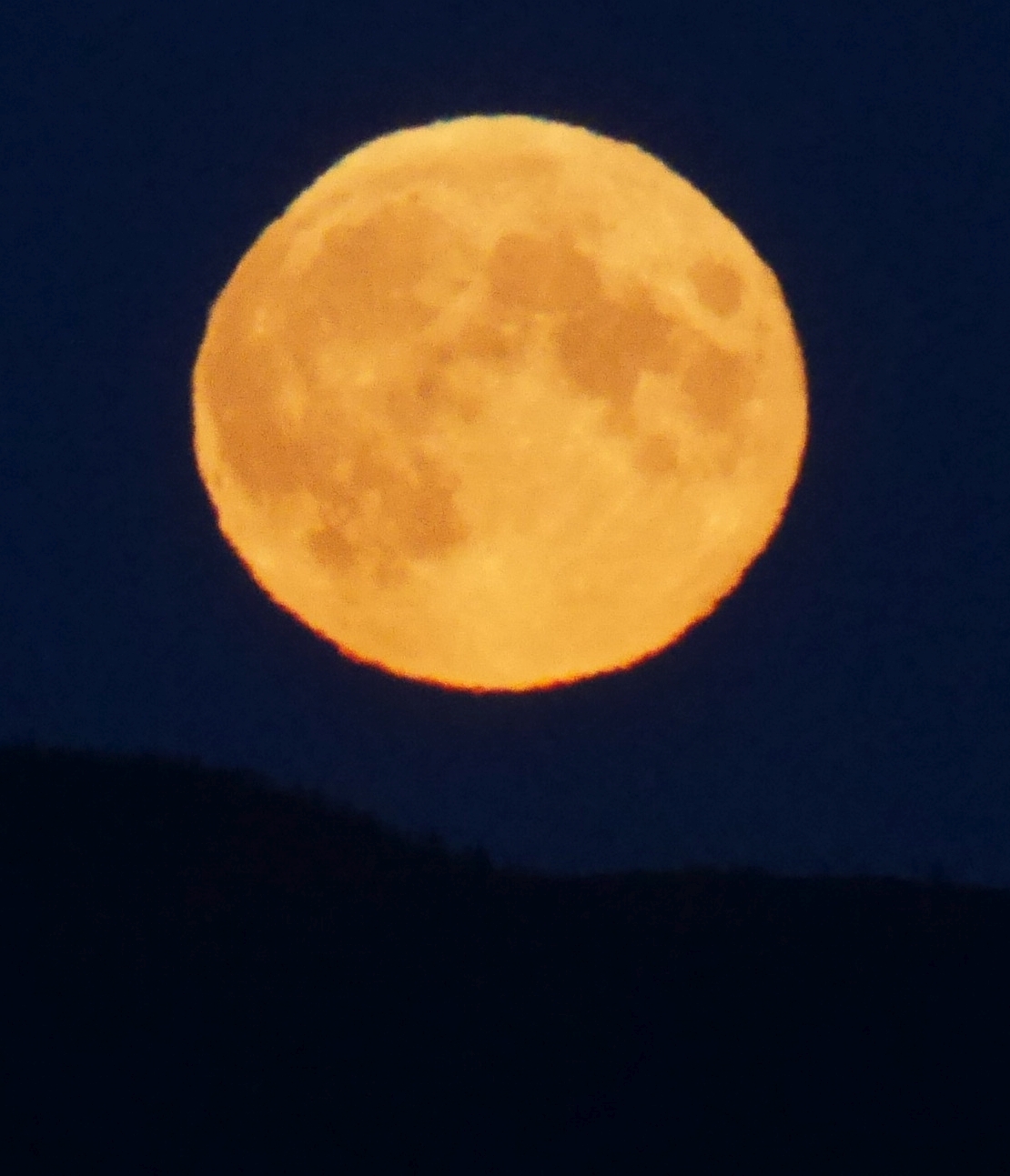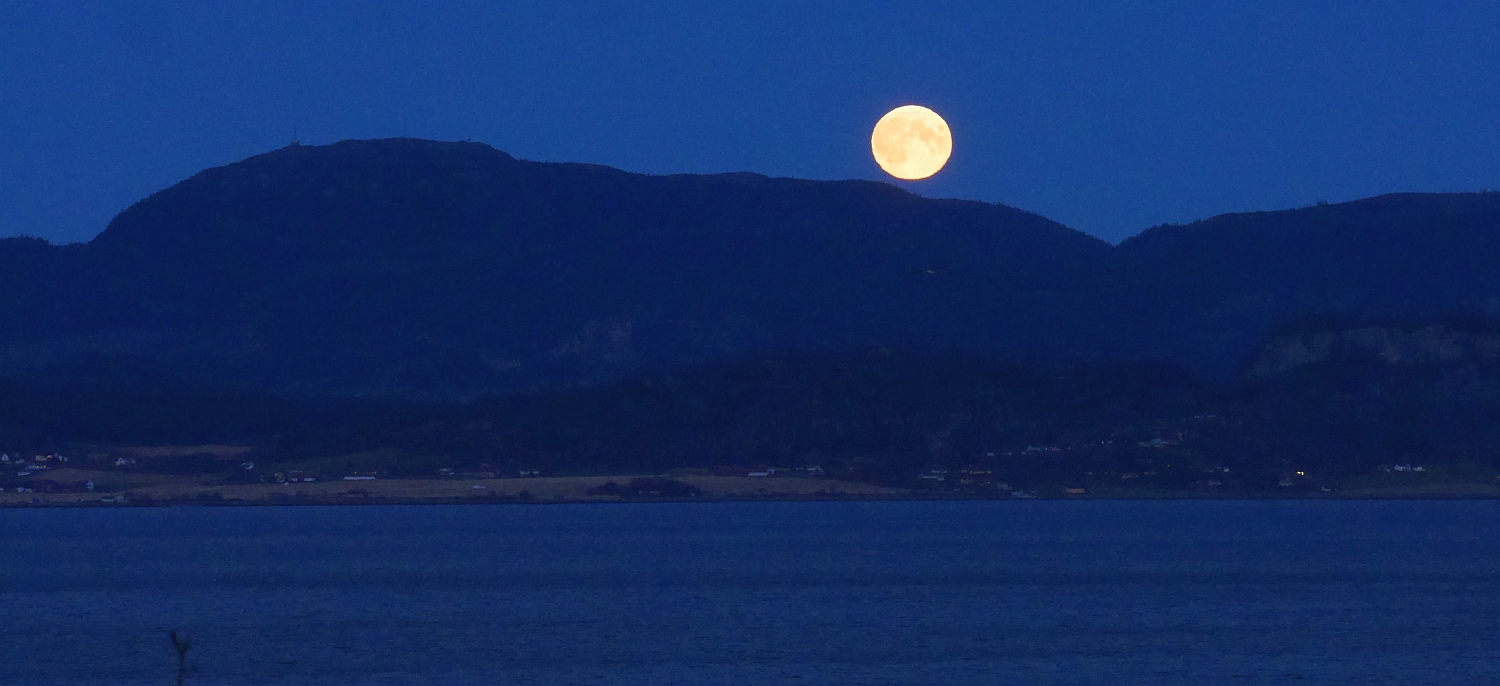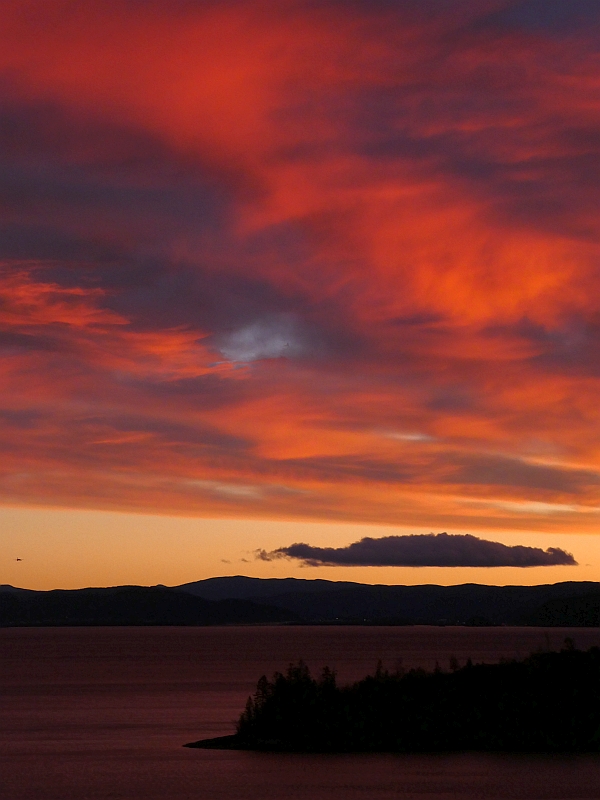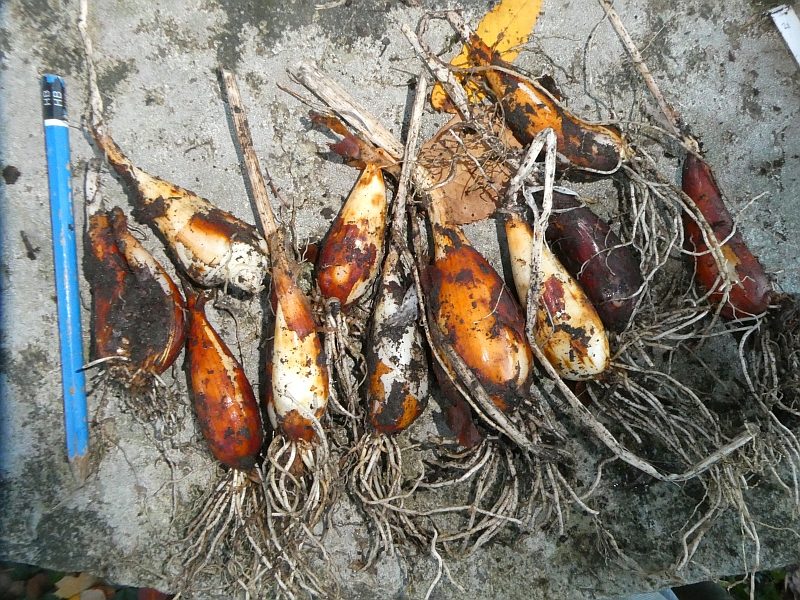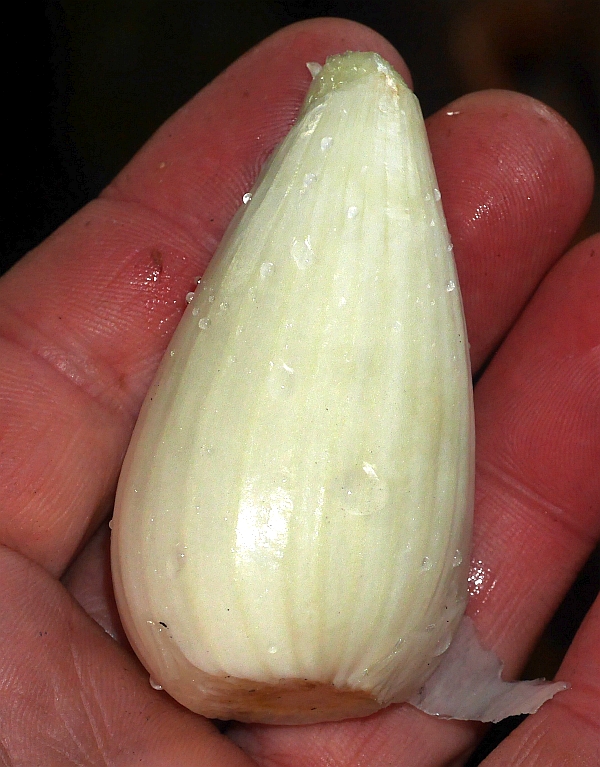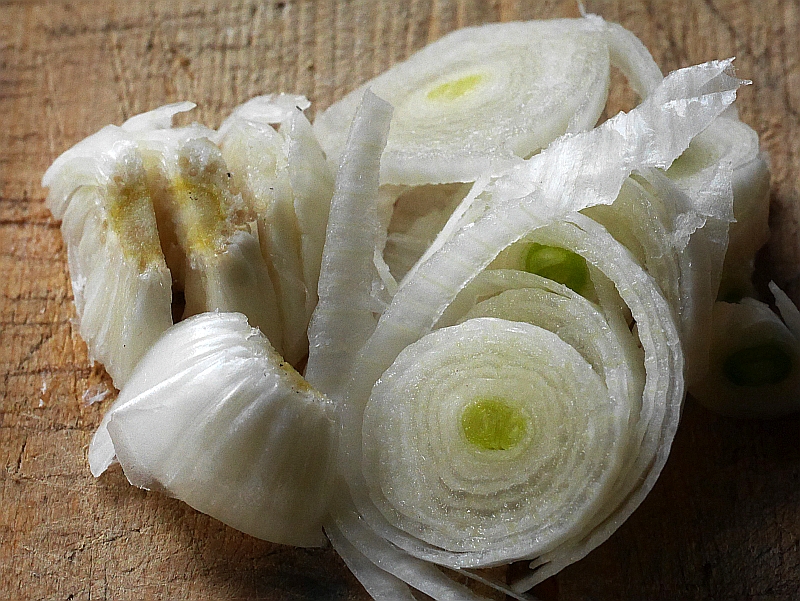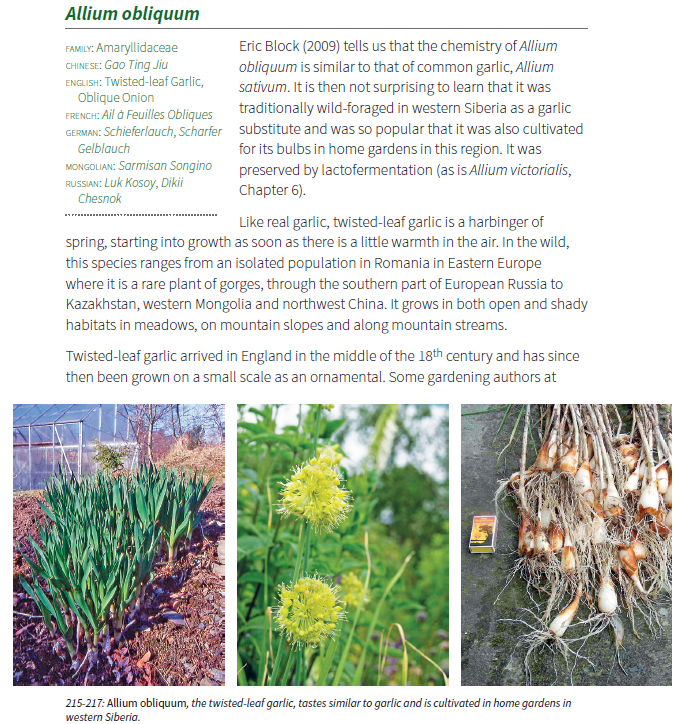When I attended the Midwest Wild Harvest Festival in Wisconsin in September 2019, I was lucky to be able to attend Sam Thayer’s Wetland Plant Hike along the Mississippi during which the highlight was the demonstration of wapato harvest. Look out for the video I took that day in a post in the next few days. Earlier this week found me harvesting my own wapato, grown in large tubs in the garden….an altogether more invigorating experience, the gardener’s equivalent to winter fjord bathing, as the water temperature was only about 1C (and the following day the water was frozen); I had planned to try locating the tubers by feet the next day, but (fortunately) the thick ice made that difficult (OK, I’m a wimp as I could have broken through the ice with a pick axe ;))
I’m growing both North American wapato (Sagittaria latifolia; picture) and Chinese arrowhead tubers (Sagittaria trifolia) which were originally shop bought.


I have a large bucket on the balcony where i grow greater burdock (Arctium lappa) for the birds, Both goldfinches (stillits) and greenfinches (grønnfink) eat burdock seed in winter and by growing the plants on the balcony I have close views of both species from where I’m typing this! Last year, the plants flowered and set seeds, they germinated en masse this spring, I thinned them and this was the harvest today. The largest roots and the smallest ones will be replanted in the spring. The others will be eaten in oriental stir-fries this winter.
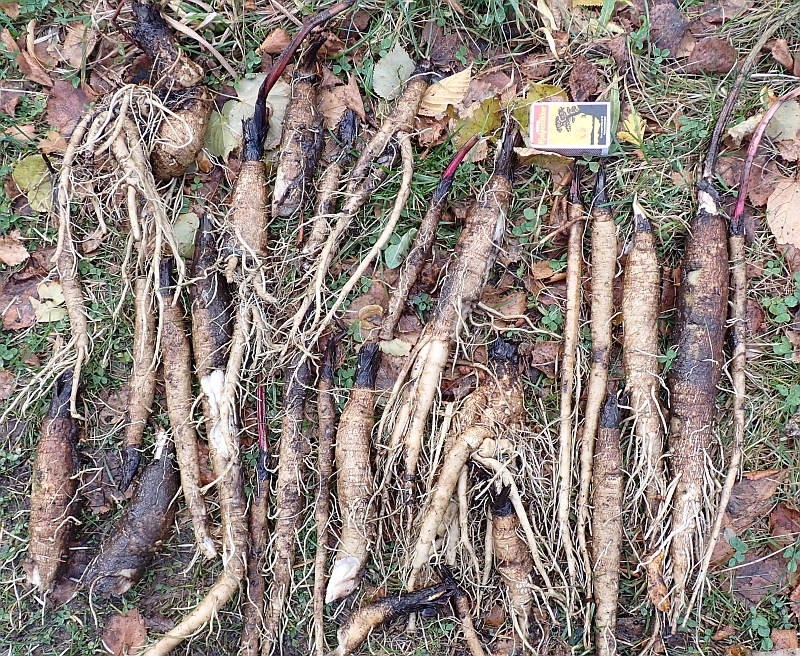
See also other burdock posts: https://www.edimentals.com/blog/?s=arctium
I’d sent a few bulbs of twisted-leaf garlic (Allium obliquum) to members of Norwegian Seed Savers’ (KVANN) guild for Alliums and had a few left overover, so I fried them up for lunch and ate them with cheese on toast. A delicious sweetish taste after heating in olive oil. The onions are also a good size! This was one of the 80 in my book Around the World in 80 plants!
Perennial vegetables, Edimentals (plants that are edible and ornamental) and other goings on in The Edible Garden

